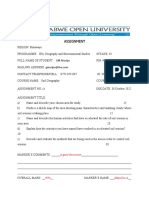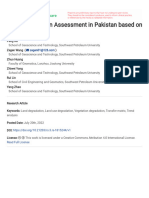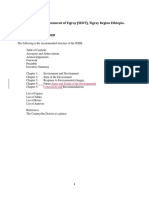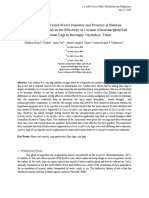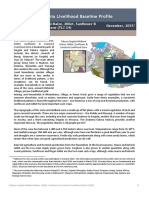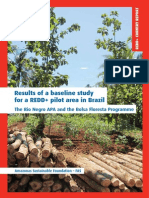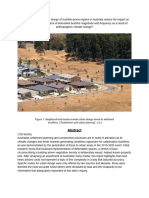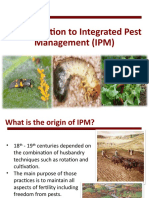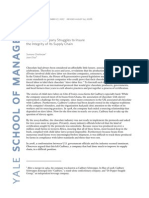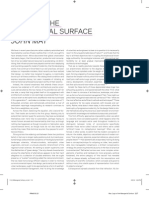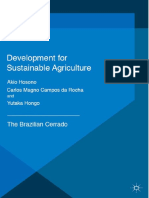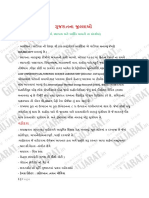0% found this document useful (0 votes)
12 views11 pagesChocoa Assignment
The document discusses the degradation of natural resources, particularly deforestation, caused by tobacco farming in Nkayi District, Zimbabwe. It identifies direct drivers such as land clearing for tobacco cultivation and wood extraction for curing, alongside indirect drivers like in-migration and rising tobacco prices. The study emphasizes the need for sustainable management strategies to mitigate the environmental impacts of tobacco farming and improve woodland conservation efforts.
Uploaded by
Kundi Ma MutasaCopyright
© © All Rights Reserved
We take content rights seriously. If you suspect this is your content, claim it here.
Available Formats
Download as DOCX, PDF, TXT or read online on Scribd
0% found this document useful (0 votes)
12 views11 pagesChocoa Assignment
The document discusses the degradation of natural resources, particularly deforestation, caused by tobacco farming in Nkayi District, Zimbabwe. It identifies direct drivers such as land clearing for tobacco cultivation and wood extraction for curing, alongside indirect drivers like in-migration and rising tobacco prices. The study emphasizes the need for sustainable management strategies to mitigate the environmental impacts of tobacco farming and improve woodland conservation efforts.
Uploaded by
Kundi Ma MutasaCopyright
© © All Rights Reserved
We take content rights seriously. If you suspect this is your content, claim it here.
Available Formats
Download as DOCX, PDF, TXT or read online on Scribd
/ 11



